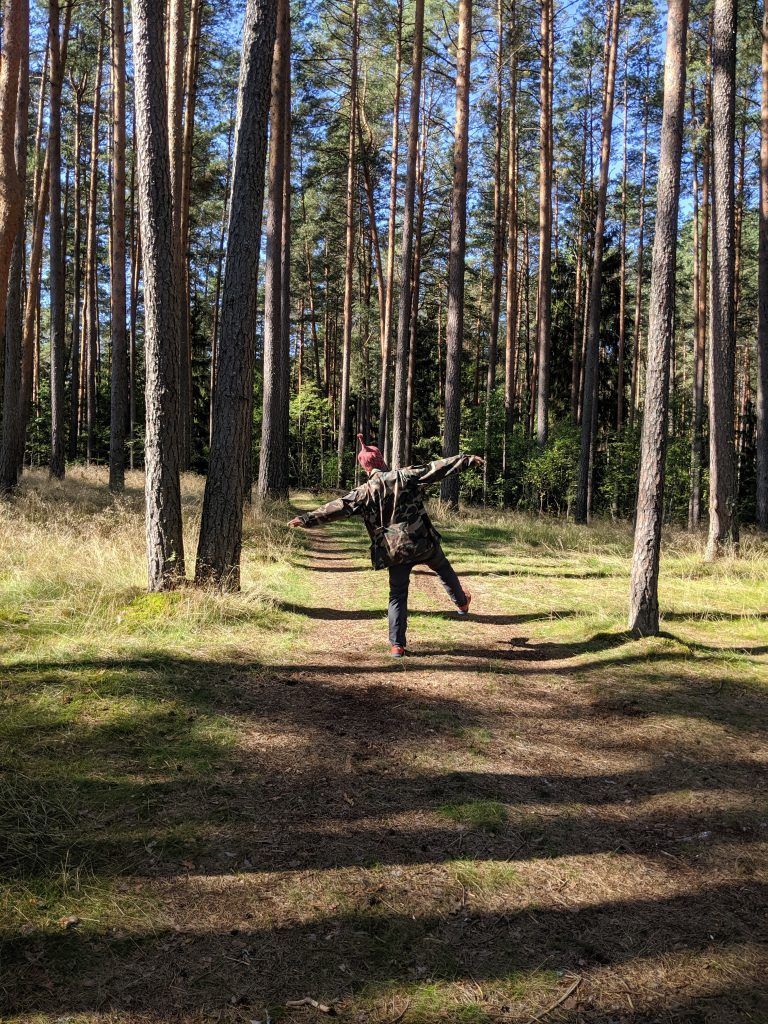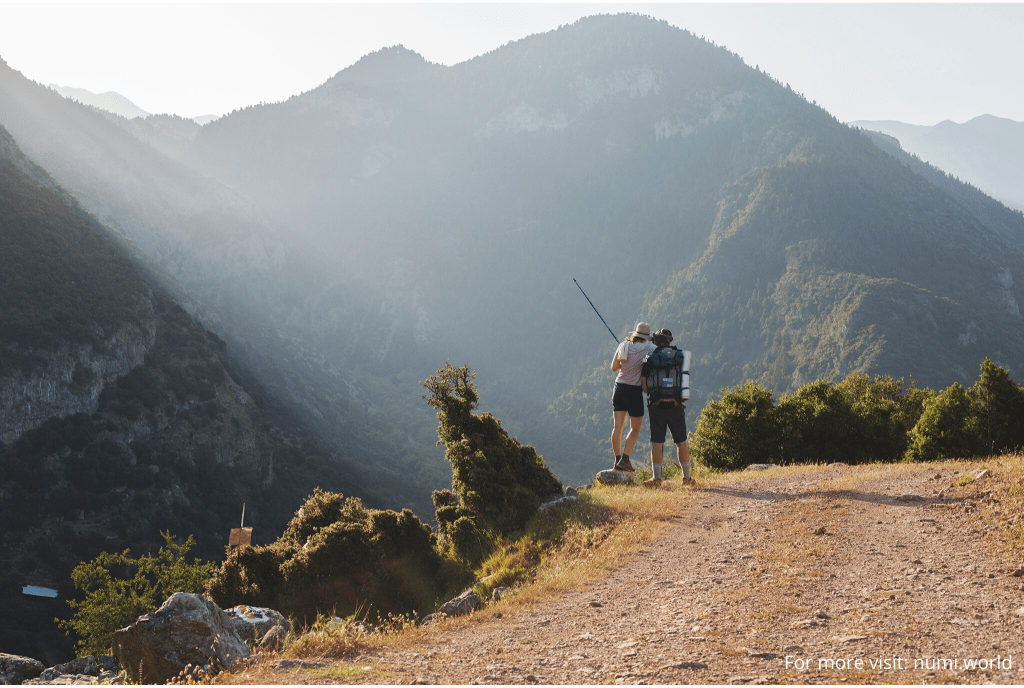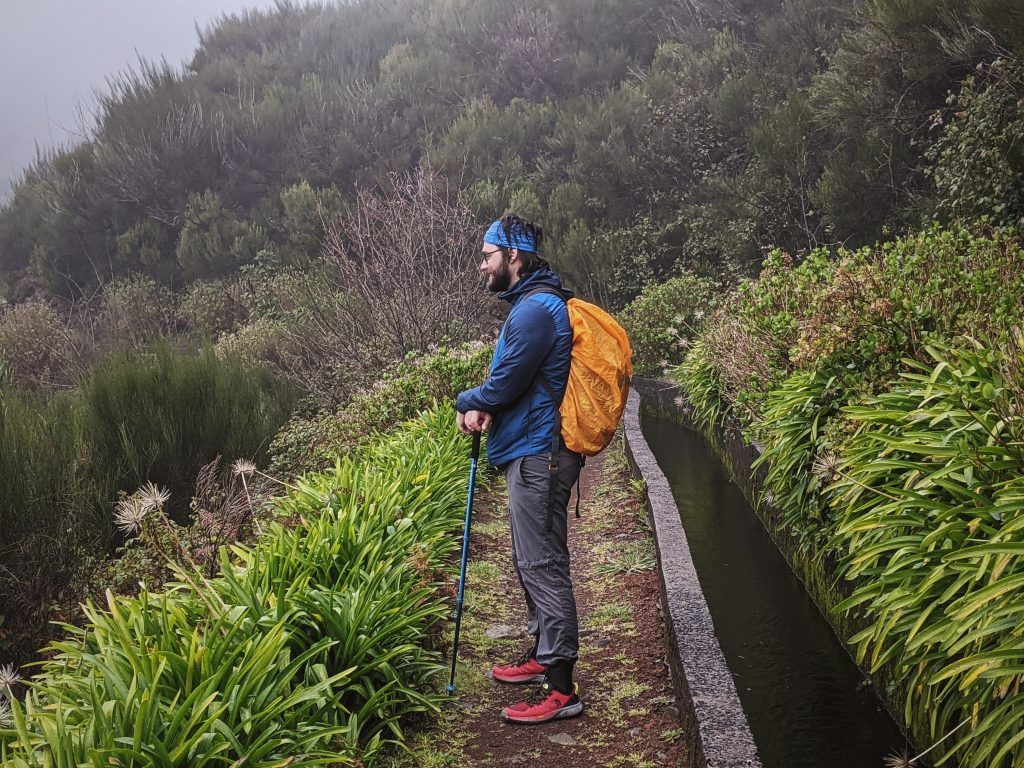Are you someone who loves the idea of hiking and exploring nature but have never gotten around to actually doing it? Are you a “couch hiker,” someone who dreams of getting into the outdoors but isn’t sure where to start? Starting a new hobby can be daunting, especially when it comes to hiking. With so many trails, gear, and options to choose from, it can be overwhelming to know where to begin. But don’t worry, it’s never too late to start your adventure journey.
In this beginner’s guide to hiking, we’ll provide you with tips and advice on how to start your hiking journey, even if you’re a complete beginner. We’ll help you overcome any obstacles or fears you may have and provide you with the resources and tools you need to start enjoying the great outdoors.
Starting Small

The key to getting into hiking is to start small and build up gradually. Instead of trying to tackle a strenuous hike right away, start with a few easy day hikes at a local park near your home or in a nearby area just outside the city. This way, you can develop your footwork skills, get practice in planning and testing gear, and most importantly, build up your physical endurance.
When it comes to choosing a place to hike, it doesn’t really matter where you go. You can hike in your neighborhood, or you can find a nice park with a few trails that are close to your home. The key is to keep the barrier to going low, so that you’re more likely to go.
If you do not have parks nearby there are several easy ways to find a hiking trail that will meet your needs:
- Guidebooks and websites can provide you with comprehensive information such as trail difficulty, distance, elevation gain, directions, water sources, and trail features, as well as whether dogs are allowed on the trail. Additionally, recent trip reports on websites can give you an idea of current trail conditions.
- Word of mouth. Ask friends who enjoy hiking to recommend some hiking locations for you based on their personal experiences.
- Talk to locals. Contacting a local hiking organization or calling a ranger station in the area you plan to hike in can provide you with up-to-date trail conditions and recommendations for hikes suitable for all skill levels. Rangers are highly knowledgeable about hiking trails and can provide invaluable advice.
It’s important to keep in mind that hiking is not a race or a competition. The goal is to enjoy the experience, and not to push yourself to exhaustion. Take your time, rest when you need to, and enjoy the scenery around you. This is your adventure journey, and you can make it as challenging or as easy as you want.
Tips for choosing the right trail for you
Before you start your search for the perfect hike, it’s helpful to think through a few things, such as:
- Time available. Determine how much time you have for hiking, whether it’s just a few hours or a full day. Remember to factor in the time it takes to get to and from the trailhead.
- Fitness level. Honestly assess your fitness level and choose a trail that’s suitable for your abilities. There are hikes available for all levels of fitness, so don’t be discouraged if you’re not in peak physical condition. Even hiking to the store counts as a start if you are just starting out.
- Distance. Consider how many miles and hours you’re comfortable hiking.
- Time of year and weather. Some trails may be inaccessible during certain seasons or weather conditions, such as heavy snowfall. Plan accordingly, and always check the weather forecast before heading out so you can dress and pack appropriately.
- Logistics. Planning a hiking route that starts and finishes at the same spot is a smart choice. This way, you won’t need to worry about arranging transportation to get back to your car at the end of your hike.
Find a Hiking Partner
 Hiking with a partner can make your experience safer, more enjoyable, and more memorable. Finding a hiking partner can be as simple as asking a friend or family member who enjoys hiking or joining a local hiking group. Many communities have hiking clubs or organizations that organize group hikes or events. You can also try using social media or online forums to connect with other hikers in your area. When hiking with a partner, it’s important to communicate openly about your expectations, abilities, and any potential risks. Having a reliable hiking partner can also provide added motivation and encouragement to push yourself to achieve your hiking goals.
Hiking with a partner can make your experience safer, more enjoyable, and more memorable. Finding a hiking partner can be as simple as asking a friend or family member who enjoys hiking or joining a local hiking group. Many communities have hiking clubs or organizations that organize group hikes or events. You can also try using social media or online forums to connect with other hikers in your area. When hiking with a partner, it’s important to communicate openly about your expectations, abilities, and any potential risks. Having a reliable hiking partner can also provide added motivation and encouragement to push yourself to achieve your hiking goals.
Choosing the Right Gear

To prepare for hiking, it’s important to invest in the right gear. This doesn’t necessarily mean breaking the bank, but rather having the essentials like a sturdy pair of hiking boots or shoes, a reliable backpack, and enough water and snacks to keep you fueled during your trek. A good starting point is to ensure you have the 14-daypack hiking essentials, which includes items such as navigation tools, sun protection, insulation, illumination, first aid supplies, fire starters, repair tools, nutrition, hydration, and emergency shelter. For more information on essential gear for hiking, check out our article on the 14 Essentials.
Safety Tips

As with any outdoor activity, safety is a top priority when it comes to hiking. Here are some tips to keep in mind:
- Check the weather forecast before heading out on a hike, and be prepared for any changes in weather. Bring extra layers, rain gear, and sunscreen.
- Tell someone where you are going and when you plan to return. This can be a friend, family member, or park ranger.
- Stay on designated trails to avoid getting lost or injured.
- Be aware of your surroundings and any potential hazards, such as wildlife, unstable terrain, or poisonous plants.
- Carry a map, compass, and/or GPS device to help navigate your hike.
Trail Etiquette
Trail etiquette is important to ensure a safe and enjoyable hiking experience. Remember to yield to hikers going uphill, stay on designated trails, and pack out any trash or waste. Greet other hikers and step to the side to allow them to pass. If hiking with a group, walk single file to allow space for others. Respect any wildlife and keep a safe distance from them. By following these simple guidelines, hikers can ensure a fun and safe time on the trail.
Going to the bathroom

Going to the bathroom on the trail is a natural part of hiking, but it’s important to do it in a way that respects the environment and other hikers. If possible, use designated restrooms or pit toilets along the trail. If there are no restrooms available, it’s important to properly dispose of human waste by digging a small hole at least 200 feet away from any water source, trails, or campsites. After use, cover the hole and pack out any toilet paper or hygiene products. For urination, it’s best to do so away from trails and water sources, and to also pack out any toilet paper or hygiene products.
Conclusion
Hiking is a wonderful way to explore nature, challenge yourself physically, and enjoy the outdoors. With a few basic tips and the right gear, anyone can start their hiking journey, no matter their fitness level or experience. Start small, choose the right gear, build up your endurance, and always prioritize safety. Don’t be afraid to explore and enjoy the beauty of nature around you. Happy hiking!

